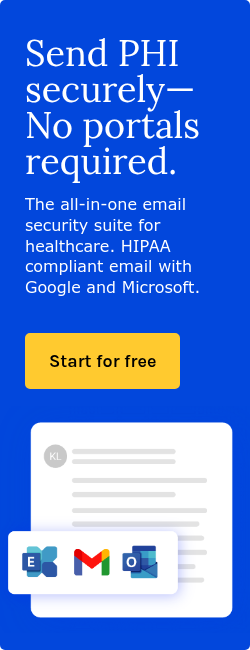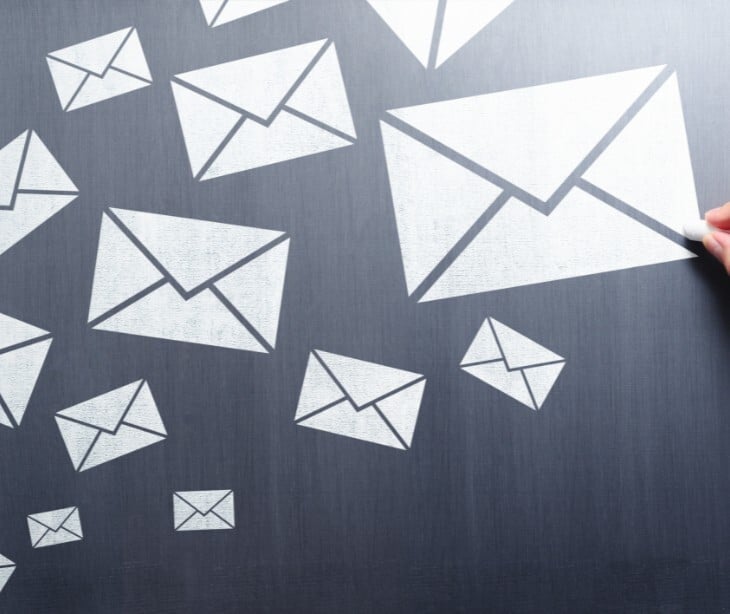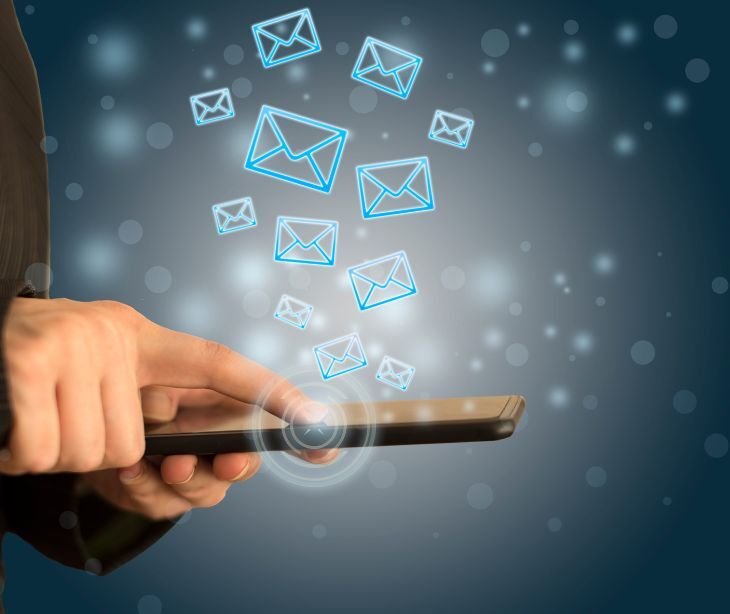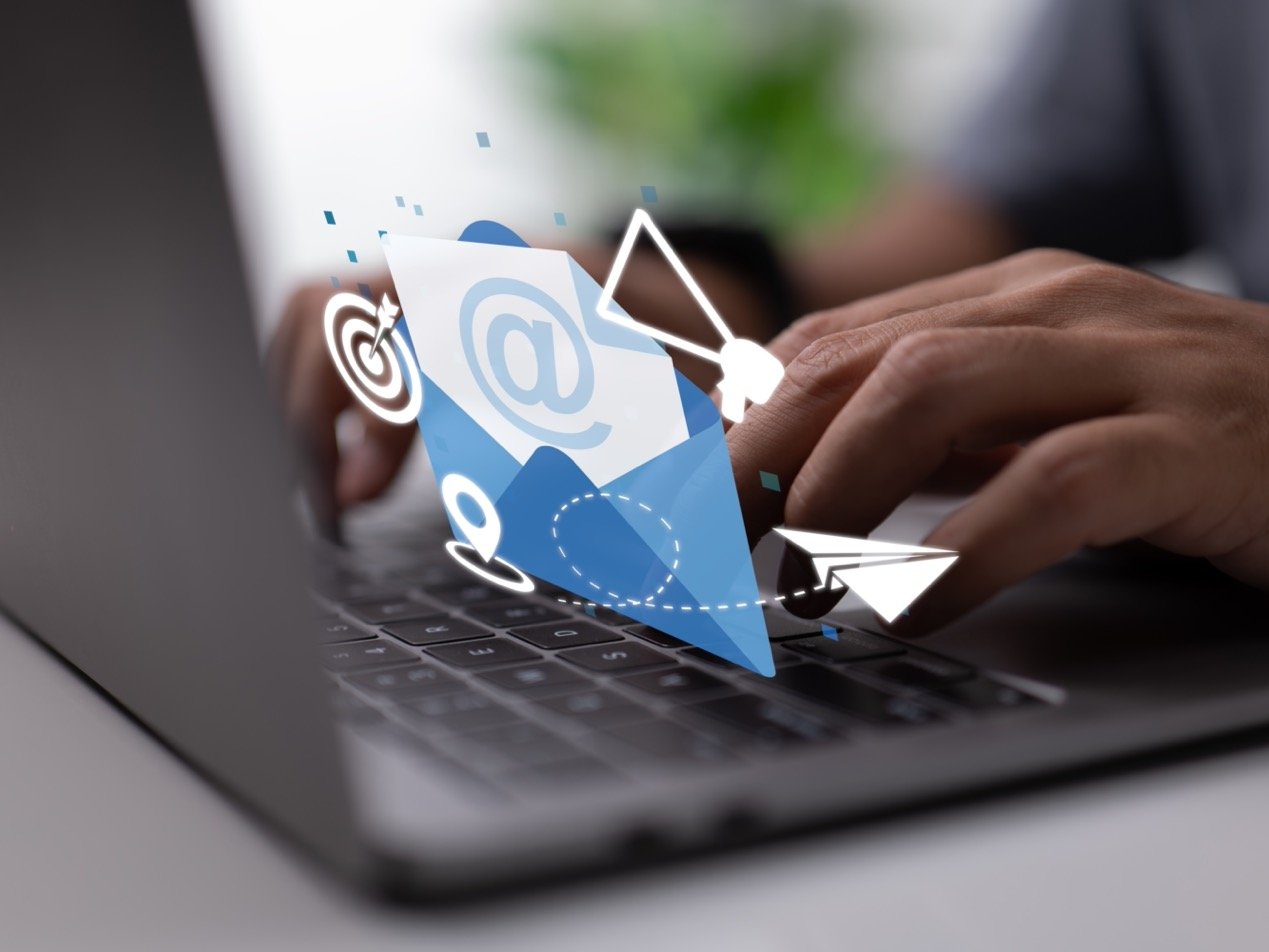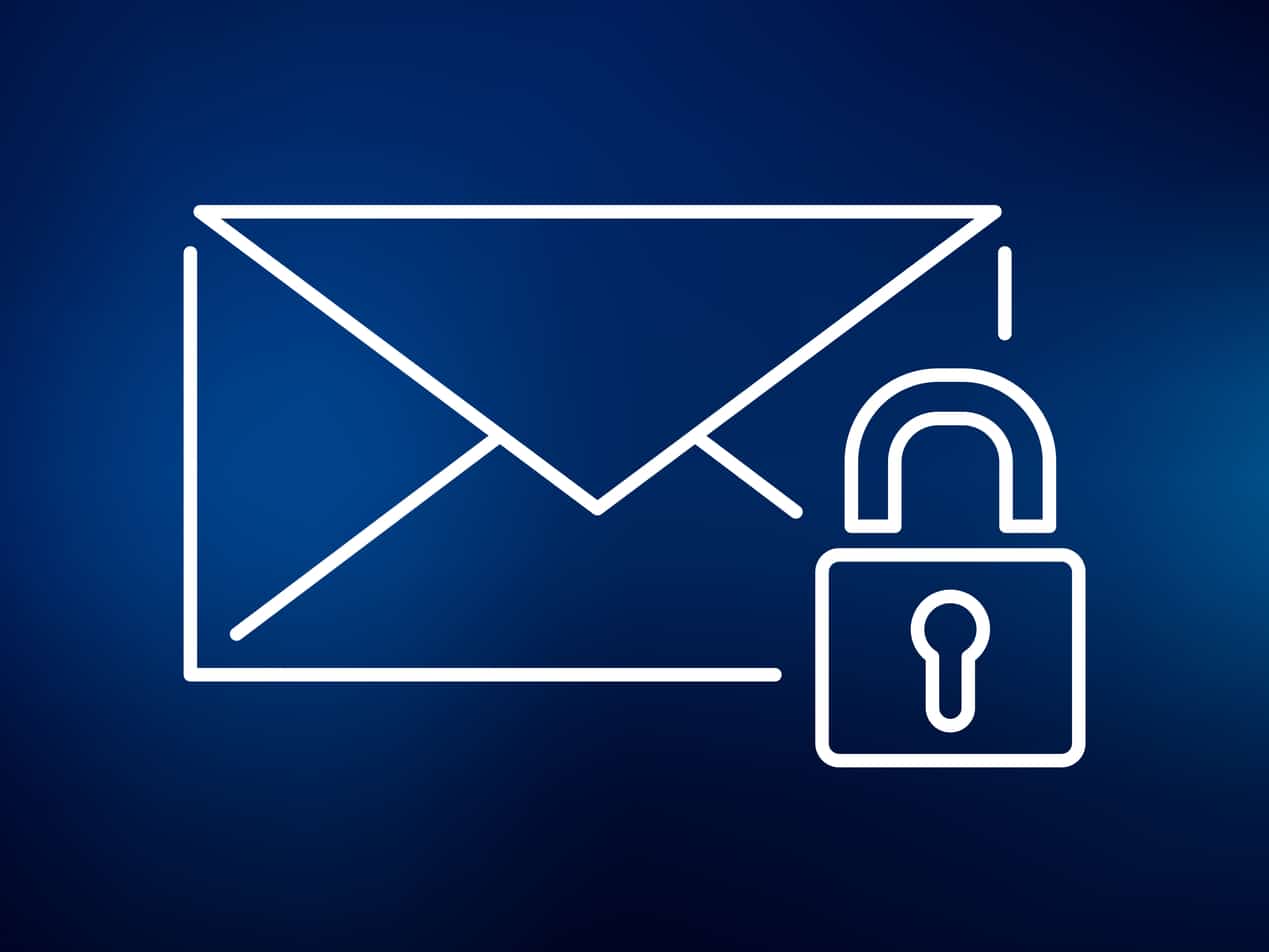
Email security is the act of defending electronic communications against various digital threats. This includes protecting email accounts from unauthorized access, securing domains against impersonation attempts, and blocking harmful elements like phishing attacks, fraud, and malware. Additionally, it involves filtering out spam and implementing encryption to ensure message confidentiality, allowing only authorized individuals to access email content.
Email is one of the most exploited channels for cyberattacks in healthcare. According to an academic paper published in Sustainability, email systems are inherently vulnerable because they involve multiple actors – senders, servers, and recipients – each introducing potential security gaps. Key risks include:
- Phishing and fraud: Over 90% of healthcare data breaches originate from phishing attacks, where malicious actors impersonate trusted entities to steal sensitive information.
- Spoofing and impersonation: Attackers frequently manipulate email headers to appear legitimate, making it difficult for users to distinguish between authentic and fraudulent messages.
- Malware and ransomware: Email attachments remain a leading vector for malware, with 46% of healthcare organizations reporting ransomware incidents linked to malicious emails.
While encryption is often promoted as the ultimate solution, the paper proves that many healthcare organizations fail to implement it correctly, or at all. Additionally, encryption does not prevent social engineering attacks, where human error (such as clicking a malicious link) bypasses technical safeguards.
Learn more: Differences between email encryption, security, and authentication
How email security works
Email security in healthcare operates as a multi-layered defense system, protecting sensitive patient data at every stage of transmission, however, healthcare organizations remain vulnerable despite these available safeguards
Authentication
The first line of defense occurs when an email is sent. The Federal Trade Commission (FTC) explains this as the system verifying if the sender is legitimate using SPF records, which act like an approved guest list showing which servers are authorized to send emails from your domain. DKIM then adds a unique digital signature to prove the email hasn't been tampered with during transit. DMARC brings these checks together and provides instructions to receiving servers about how to handle suspicious emails that fail these authentication checks.
According to the 2023 HIMSS Healthcare Cybersecurity Survey, only 55% of healthcare organizations have properly implemented these authentication protocols (SPF, DKIM, and DMARC), leaving many vulnerable to domain spoofing and impersonation attacks.
Transit
As the email travels between servers, TLS encryption creates a secure tunnel that scrambles the email content. This encryption works like a protected pathway, ensuring that even if hackers manage to intercept the email during its journey, they won't be able to read its contents. Think of it as sending a letter in a locked box where only the intended recipient has the key.
Healthcare organizations should implement at minimum TLS 1.2, though TLS 1.3 offers superior protection by eliminating vulnerable cipher suites and providing perfect forward secrecy.
Scanning and filtering
Before an email reaches its destination inbox, it passes through several security scanners. These scanners examine the email for known virus patterns in attachments, search for suspicious links that match documented phishing attempts, and look for spam characteristics such as mass-sending patterns. The systems also analyze sender behaviors that might indicate fraudulent activity, such as emails claiming to be from your bank but coming from unusual locations.
Modern healthcare-focused email security systems now employ artificial intelligence and machine learning algorithms to detect anomalies that traditional rule-based systems miss. These advanced systems can identify subtle signs of social engineering attempts and contextual inconsistencies that might indicate targeted attacks against healthcare personnel.
At the inbox level
The final security layer occurs at the inbox itself. Security tools like Paubox Email Suite verify if login attempts come from recognized devices and locations. Multi-factor authentication adds an extra verification step, typically requiring a code sent to your phone or generated by an authentication app. When potentially dangerous emails make it this far, they may be automatically quarantined for review rather than delivered directly to the inbox.
Healthcare organizations face unique cybersecurity challenges that require both technical and human-focused solutions. As Sarah Varnell, Manager of Attest Services at BARR Advisory, explains:
“My recommendations for healthcare organizations do not differ significantly from what is considered best practice in other industries. In most cases, the attacks targeting healthcare organizations are not very technical attacks. They rely on tricking users, exploiting weak or reused passwords, or taking advantage of gaps in basic security hygiene... Additional technical controls to implement include timely patch management, endpoint detection and response, and strong multifactor authentication, potentially in the form of hardware security keys where appropriate.”
Common misconceptions
1. Basic spam filters are enough protection
Many organizations believe their built-in spam filters provide adequate security. However, modern cyber threats are far more sophisticated than traditional spam. While basic filters might catch obvious junk mail, they often miss advanced phishing attempts, business email compromise (BEC) attacks, and zero-day threats that require security solutions like Paubox Email Suite Plus with inbound security, which protects against security threats like spam, ransomware, and phishing attacks.
The reality is that standard email filters typically examine messages for known patterns and signatures. Advanced threats, particularly those targeting healthcare organizations, use sophisticated evasion techniques including polymorphic malware that changes its code to avoid signature detection, delayed payload activation which is malicious code set to execute after a certain time, and highly personalized spear-phishing attacks.
2. Small organizations aren't targets
There's a dangerous misconception that cybercriminals only target large enterprises. In reality, smaller organizations, especially healthcare providers, are often prime targets because they typically have valuable data but weaker security measures. Cybercriminals view them as low-hanging fruit with potentially easier access to sensitive information like patient records.
According to the Hiscox Cyber Readiness Report, organizations with fewer employees actually spend a higher proportion of their IT budget on cybersecurity (14%) compared to larger organizations (7%), indicating that small businesses are indeed significant targets requiring substantial security investment.
3. Encrypted email is too complicated
Many believe implementing encrypted email requires technical expertise and creates user friction. Modern solutions like Paubox have eliminated this complexity - emails are automatically encrypted without requiring passwords, portals, or extra steps from senders or recipients. It works seamlessly with existing email workflows while maintaining HIPAA compliance.
"HIPAA compliance is non-negotiable. Legacy email systems often lack features like end-to-end encryption, audit logging, or robust access controls—putting both patient data and institutional reputations at risk," said Matt Murren, CEO of True North ITG, "The bottom line is legacy email platforms cost more than they save. They erode productivity, increase exposure to cyber threats, and ultimately compromise the quality of patient care."
4. If it looks official, it's safe
Some users assume emails appearing to come from known brands or colleagues are automatically trustworthy. However, sophisticated phishing attacks can perfectly mimic legitimate emails. Even emails that appear to come from trusted sources should be scrutinized, which is why advanced authentication protocols are crucial.
A powerful example of this sophisticated deception was documented in a recent phishing campaign targeting Google users. Security researcher Nick Johnson received what appeared to be an official legal notice from Google stating that a subpoena had been issued by law enforcement requesting access to his Google Account.
What made this attack dangerous was how it exploited Google's own infrastructure at multiple points. The attackers registered a Google OAuth application with the entire phishing message as the app name. When they granted this app access to their own account, Google automatically sent a legitimate security alert email. This properly signed email was then forwarded to targets, where it passed all authentication checks including SPF, DKIM, and DMARC. The phishing links even directed users to sites.google.com, where attackers created convincing replicas of Google support pages.
5. Security training isn't worth the investment
Organizations often undervalue security awareness training, seeing it as an unnecessary expense. However, human error remains one of the biggest security vulnerabilities. According to an academic paper about the need for cybersecurity self-evaluation in healthcare, this is a weakness among staff that makes the healthcare sector a prime target for cyber attacks. Regular training helps employees recognize threats and follow security best practices, forming a layer of defense alongside technical solutions.
6. HTML emails and preview panes are safe
A widespread belief is that simply viewing emails without opening attachments is safe. However, HTML-formatted emails can contain malicious code that executes automatically when opened. These emails may also include web bugs - invisible images that verify active email addresses for spammers. Even preview panes can trigger these security risks.
7. Sender addresses are trustworthy
Many users trust that emails come from the displayed sender address. However, email addresses are easily spoofed, and even emails appearing to come from known contacts could be malicious. Sophisticated attackers can create nearly perfect replicas of legitimate business emails, making verification through email headers and security protocols necessary.
Without proper email authentication protocols like SPF, DKIM, and DMARC, there is no reliable way to verify an email's true origin. These protocols work together to validate that messages actually originate from the domains they claim to represent.
8. Unsubscribe links are safe
Clicking unsubscribe links in spam emails is often considered harmless. However, any interaction with spam emails - including unsubscribe attempts - confirms your email address is active, leading to increased spam volume and potential security risks.
FAQs
Why is email security important?
Email security protects organizations from cyber attacks that can lead to data breaches, financial losses, and reputation damage.
What is DMARC?
An email authentication protocol that combines SPF and DKIM to protect against email spoofing and provides reporting on email authentication attempts.
What is SPF?
An authentication method that acts like a guest list, showing which servers are authorized to send emails from your domain.
What is DKIM?
A security protocol that adds a digital signature to verify emails haven't been modified during transit.
Subscribe to Paubox Weekly
Every Friday we'll bring you the most important news from Paubox. Our aim is to make you smarter, faster.

